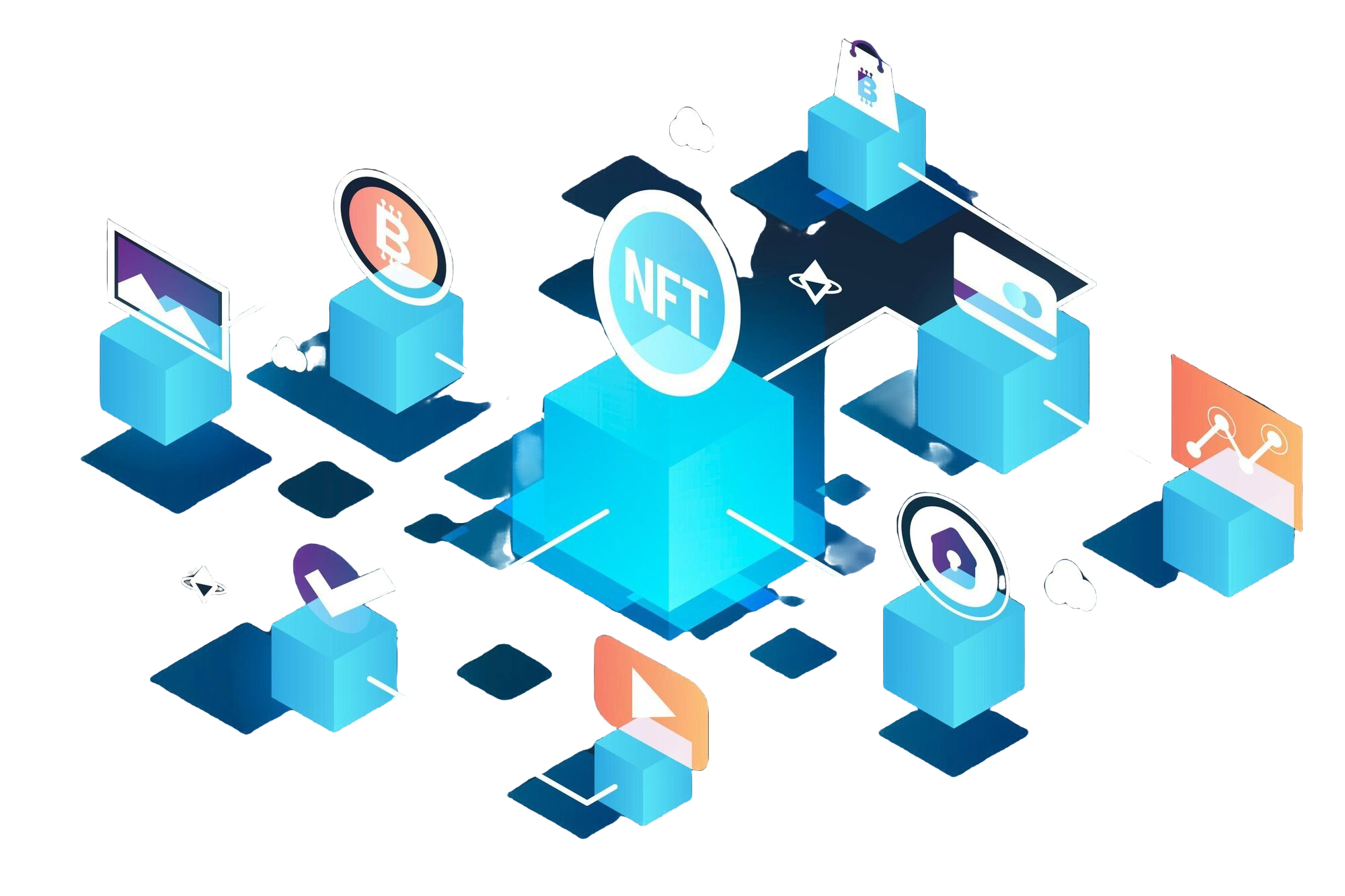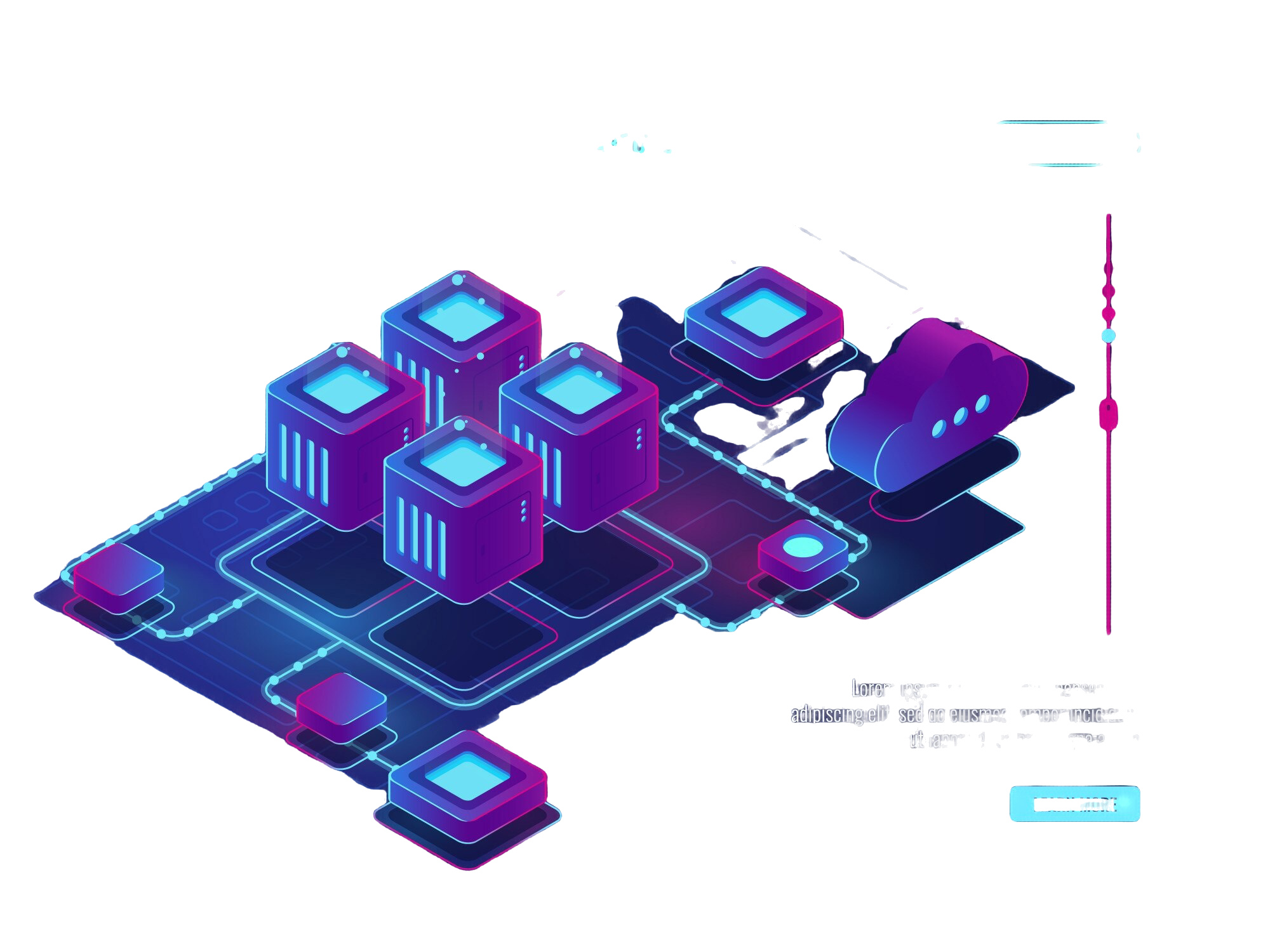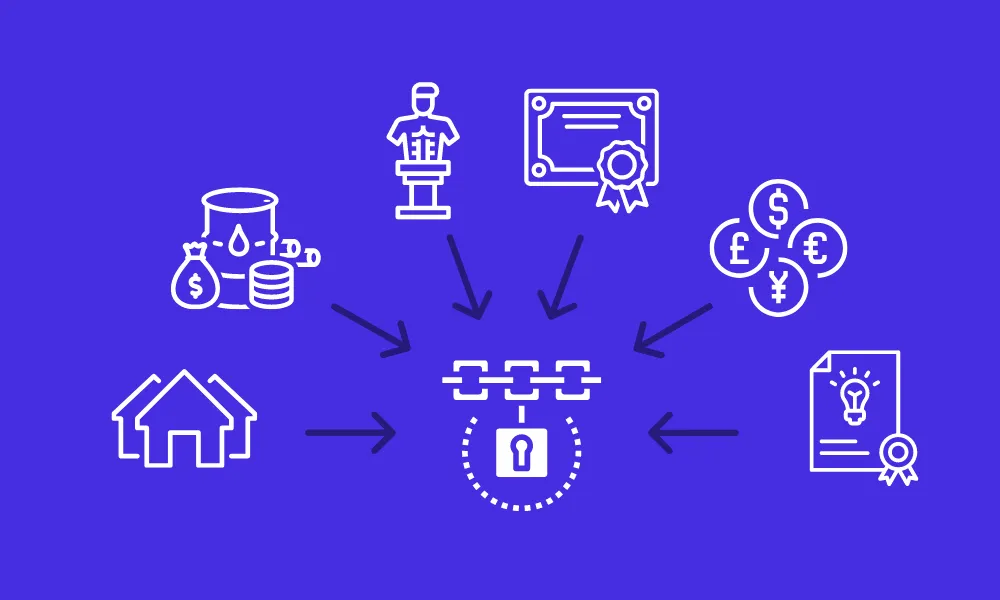How Crypto Technology Protects Personal Information
Bounty hunting and hacking are the new ways to get filthy rich or blackmail people for ransom. And it's been there since day 1 of the internet. While most of the internet, whether its surface or deep web is vulnerable, blockchain has become one of the secure ways to store your personal information.
Today, we will take a look at how blockchain and its related technologies have become the No. 1 go-to point for security agencies and web services for data security and privacy management.
Understanding Crypto Technology
Cryptocurrency technology is a series of solutions based on blockchain architecture and the most advanced cryptographic knowledge. At its core, blockchain technology is a network of computers running the same software that together enable an unmediated recordkeeping system which does NOT have any single points-of-failure and renders data storage transparent & tamper resistant.
The key features that make crypto technology particularly effective for data protection include:
Decentralized architecture that distributes data across multiple nodes
Cryptographic security that ensures data integrity
Consensus mechanisms that validate and verify information
Immutable record-keeping that prevents unauthorized alterations
The key features that make crypto technology particularly effective for data protection include:
Decentralized architecture that distributes data across multiple nodes
Cryptographic security that ensures data integrity
Consensus mechanisms that validate and verify information
Immutable record-keeping that prevents unauthorized alterations
Mechanisms of Data Protection
Decentralization
Decentralized data protection means blockchain distributes the data to a network of unrelated nodes and stores the data in blocks. This architecture protects the data and doesn’t allow traditional hackers to look for a data breach to perform a hack on the whole database. If they get access to one part, identifying the next part of the node gets complicated due to its long chain behavior.
Cryptographic Security
Modern cryptographic techniques form the backbone of data protection in blockchain systems. Public-key cryptography enables secure communication and transaction verification while maintaining user privacy. Each user possesses a unique pair of keys:
Public keys function as visible addresses for receiving information
Private keys serve as secure signatures for authorizing transactions
Immutability
Once data is recorded on a blockchain, it becomes practically impossible to alter without detection. This feature ensures data integrity and creates an auditable trail of all changes, making it an ideal solution for maintaining sensitive personal information.
User Control and Privacy
Blockchain technology empowers users with unprecedented control over their personal data. Smart contracts enable automated enforcement of data sharing agreements, allowing individuals to:
Set specific conditions for data access
Revoke permissions when necessary
Monitor how their information is used
Maintain ownership of their personal data
Advanced Privacy Solutions
Recent innovations in crypto technology have addressed initial privacy concerns through:
Zero-Knowledge Proofs (ZKPs)
These cryptographic allow one party to prove they have some information without revealing that info. For example, a user could prove they meet age requirements without disclosing their actual birth date.
Confidential Transactions
Advanced encryption techniques enable private transactions while maintaining the blockchain's integrity, ensuring that sensitive financial and personal data remains protected.
Regulatory Compliance
As cryptocurrency technology evolves, developers and organizations are working to ensure compliance with data protection regulations like GDPR. Key considerations include:
Implementation of data deletion mechanisms
User rights management
Privacy by design principles
Cross-border data transfer requirements
Future Developments
The field continues to evolve with promising innovations:
Layer 2 scaling solutions that enhance privacy
Advanced encryption methods for improved security
Integration with traditional systems
Enhanced user control mechanisms









